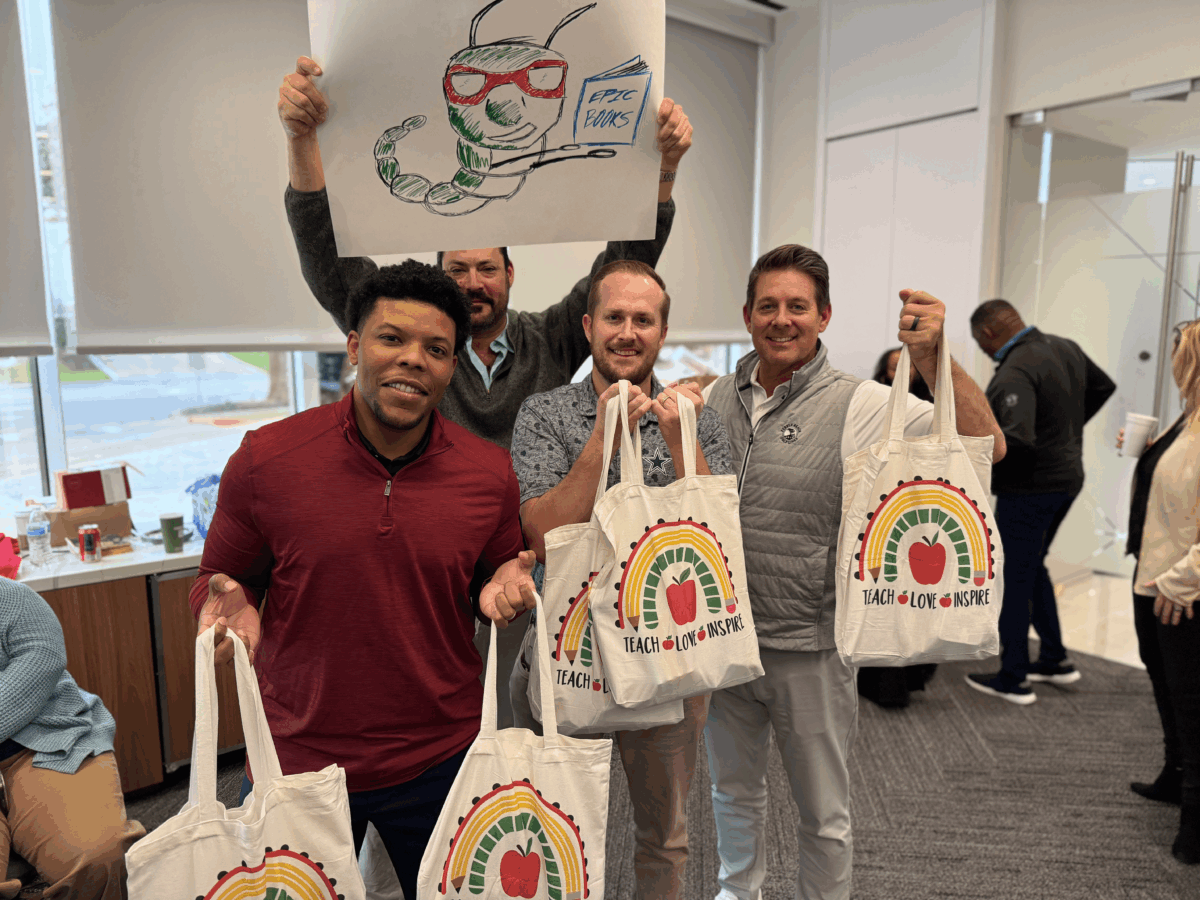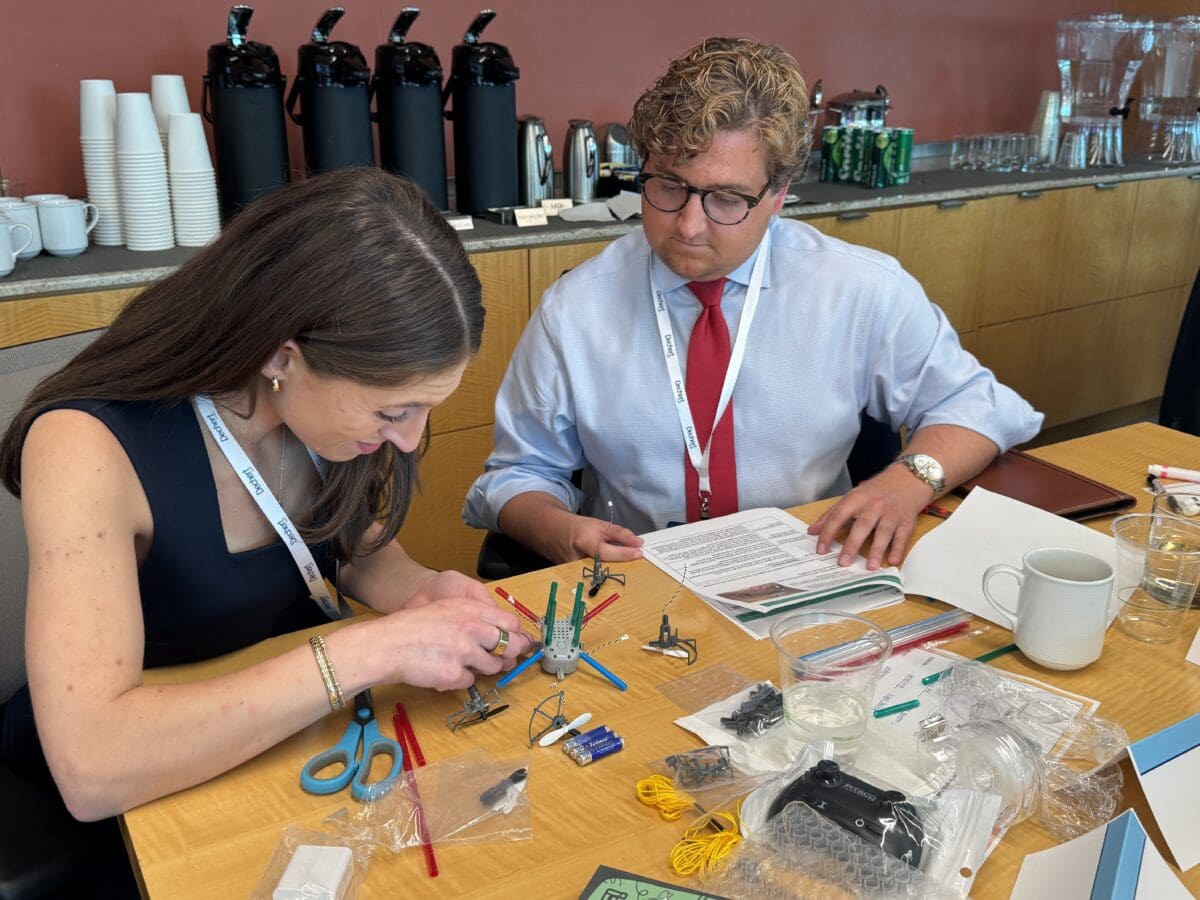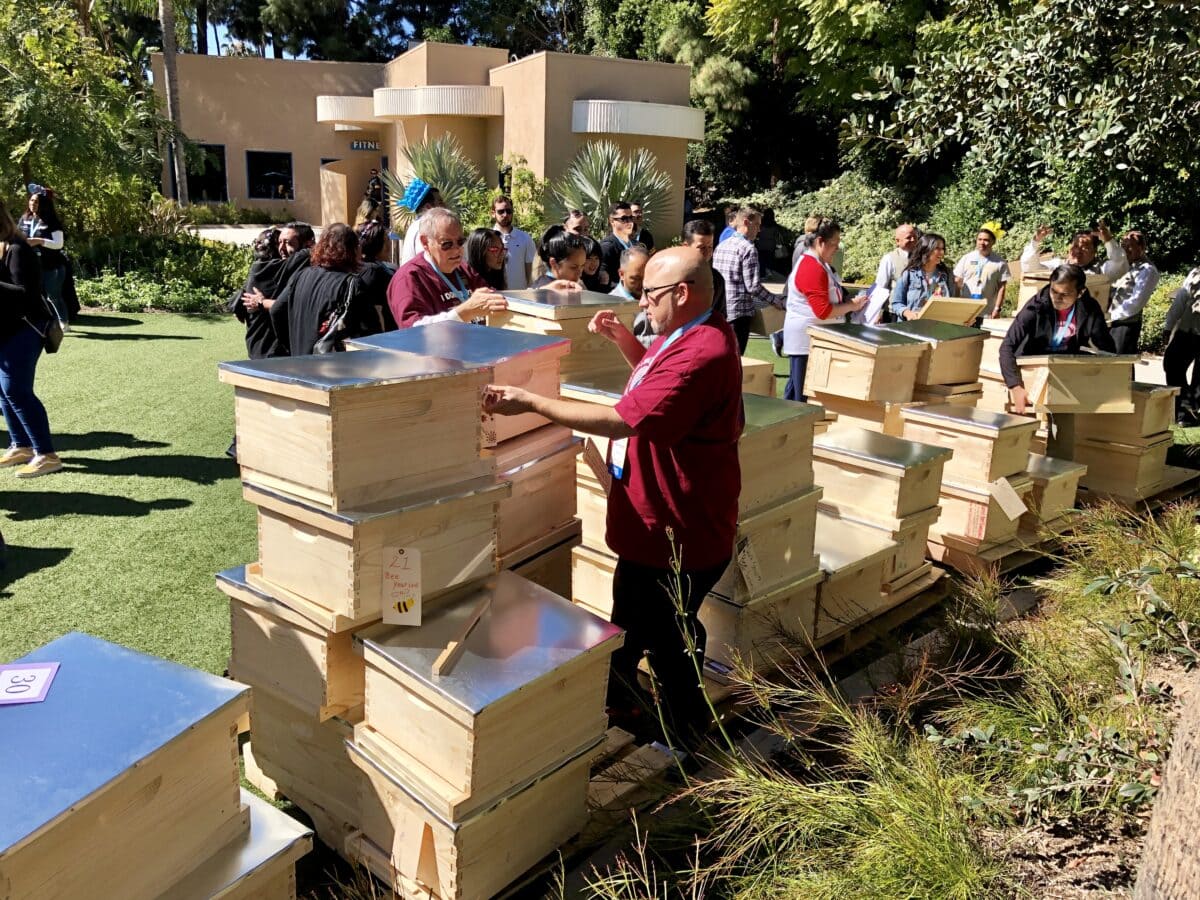How Your Team Can Fuel a Strong School Year
As students prepare to head back into the classroom for…
Make Summer Count: 6 Volunteer Ideas to Inspire Your Team
Summer is not just for vacations and beach days; it’s…
Streamline Your CSR Efforts with Volunteer Connect – Why Summer is the Season to Step Up
As temperatures rise, so does the need for community support.…
Impact 4 Good Welcomes John Washko
May 13, 2025 – Impact 4 Good, a leader in corporate…
5 Team Activities to Make an Impact This Summer
With summer only two months away, May is the perfect…
Intern Season is Here — Inspire Them
Plan Now for Purpose-Driven CSR Events As college students wrap…
Making Bring Your Child to Work Day Meaningful: A Give Back Approach
Bring Your Child to Work Day is coming up on…
Bring Your Team Together for Earth Day – Make a Lasting Impact!
Earth Day is right around the corner, making it…








